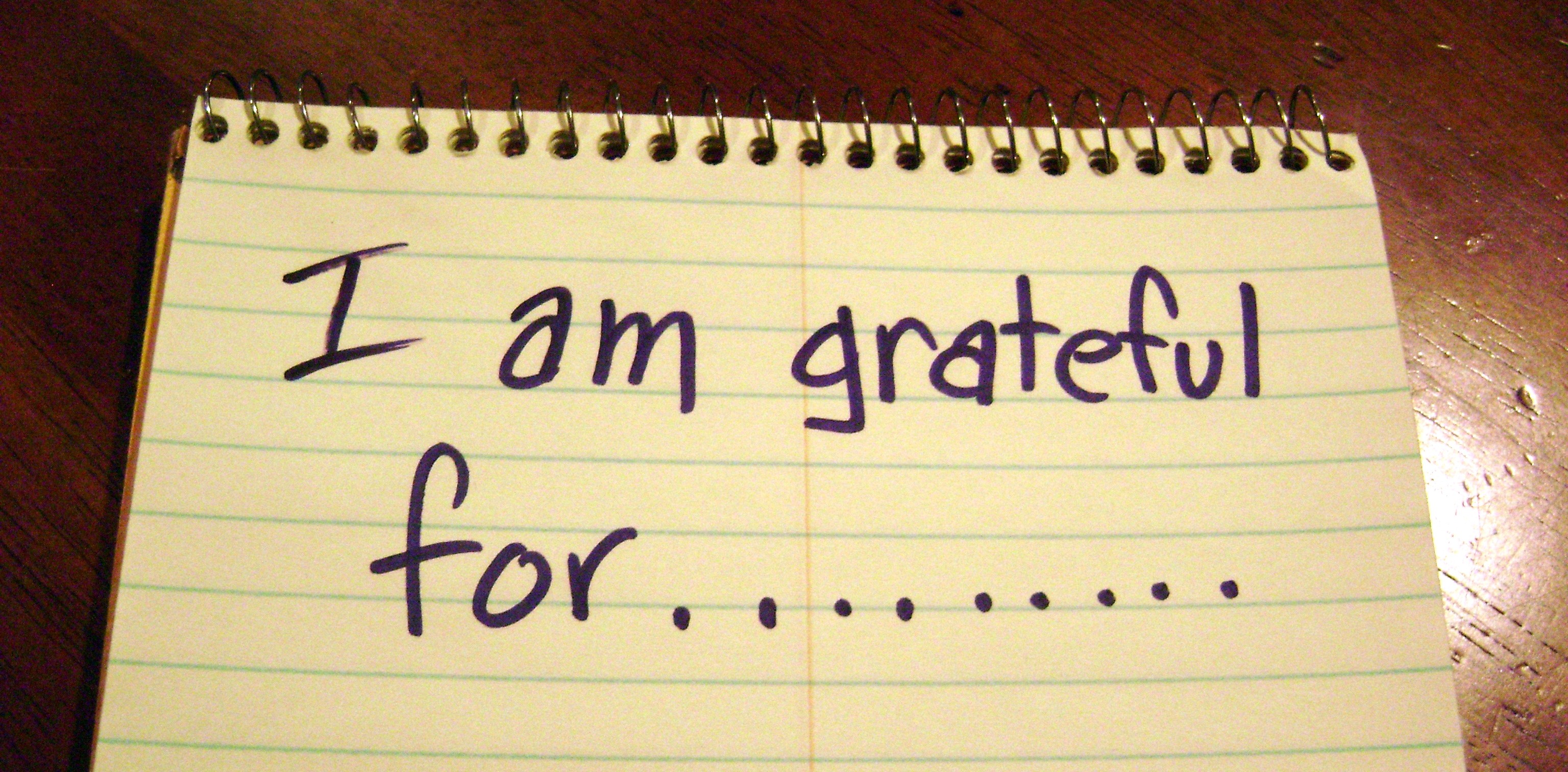Introduction
There is a very large body of recent scientific work showing that adults who are more grateful have higher levels of well-being, are happier, less depressed, less stressed, and more satisfied with their lives and social relationships. But, what about the effect in children? What impact does expressing gratitude have on the quality of their lives? A new research study answers this question and clearly points to the importance of teaching children how to experience the feelings of gratitude.
Background Data:
The expression of gratitude is a psychological trait that is becoming an important therapeutic intervention in a long list of psychological complaints including depression. In addition, assessment of the level of gratitude is also emerging as a valuable tool in assessing an increase in positive functioning, instead of a total focus on reducing negative functioning. This finding is important in clinical research because happiness is not simply the elimination of negative feelings, it involves the experience of positive emotions as well. Hence, the ability to express gratitude is emerging as a valuable outcome measure to test whether some therapies are superior to others in improving depression and other psychological complaints.
New Data:
In a study conducted at the University of Wisconsin Stevens Point led by Dr. Rhea Owens the goal was to compare the outcomes of gratitude promotion and best possible selves interventions in elementary school-aged children (number = 62, ages 5-11 years). The outcomes measured were mood, life satisfaction, and self-esteem.
During the study, children participated in once-weekly intervention sessions (4 to 6 in total) in which they were asked to draw a picture of something for which they were grateful that day (gratitude condition), a future version of themselves as happy and engaged (best possible selves condition), or something they had done that day (control condition).
Analyses of the content of children’s drawings indicated that children of this age were capable of articulating things for which they were grateful and positive future selves. While outcomes for the gratitude condition did not differ from the control condition; participants in the best possible selves condition group showed greater gains in self-esteem than those in the either gratitude or control conditions group. This finding is very valuable as it provides an intervention strategy in helping kids of this age build their self-esteem, e.g., get them to draw a picture of their future self as happy and engaged.
Commentary:
While this study did not show a demonstrable improvement in mood, self esteem or life satisfaction with expression of gratitude, what it did show is that exercises where children expressed a picture of themselves as happy and engaged did produce a positive effect. The explanation of why gratitude expression was not shown to produce any impact on the measured outcomes could be that it did not reflect overall gratitude, but rather something that they were thankful for during that particular day. The researchers felt that limitation may have interfered with the results. A better question may have been to ask them to simply draw a picture of something that they were truly grateful for.
Recent research indicates that children as young as 4 years of age can express gratitude and that the time frame between 7 and 10 years of age is really critical for reinforcing those feelings. Gratitude exercises like nighttime prayers, learning to write thank you letters, and just saying thank you are great ways to help these youngsters foster feelings of gratitude that will hopefully become ingrained within them. If so, the thought is that they will be much more likely to experience a more positive life and all that comes with it.
In addition to these gratitude exercises, the lesson from the current study reviewed is that it is important to help children visualize themselves as happy. Having them draw pictures of themselves is a great way to help them to create this effect in the future.
Now, is this strategy suitable for adults too? The answer is absolutely YES!
Reference:
Owens RL, Patterson MM. Positive psychological interventions for children: a comparison of gratitude and best possible selves approaches. J Genet Psychol. 2013 Jul-Aug;174(4):403-28.




